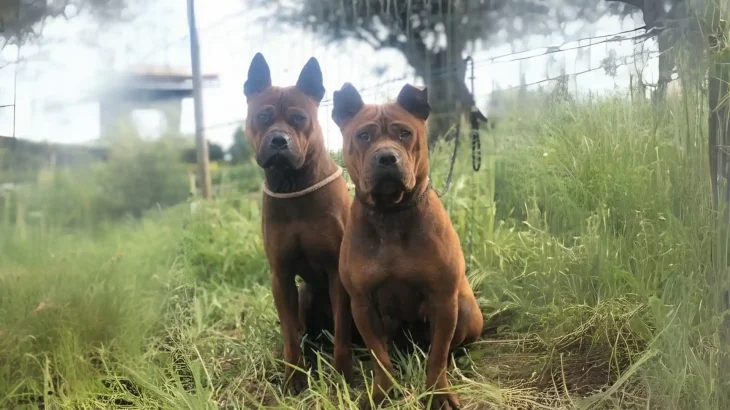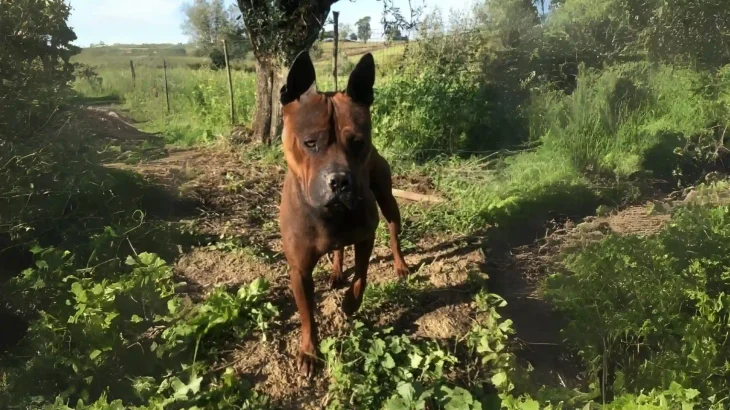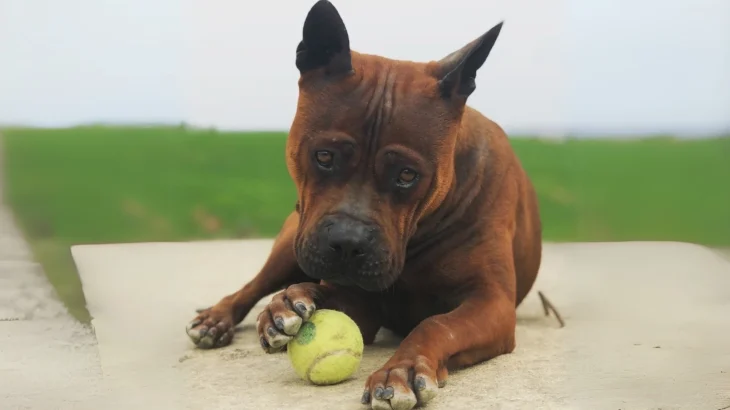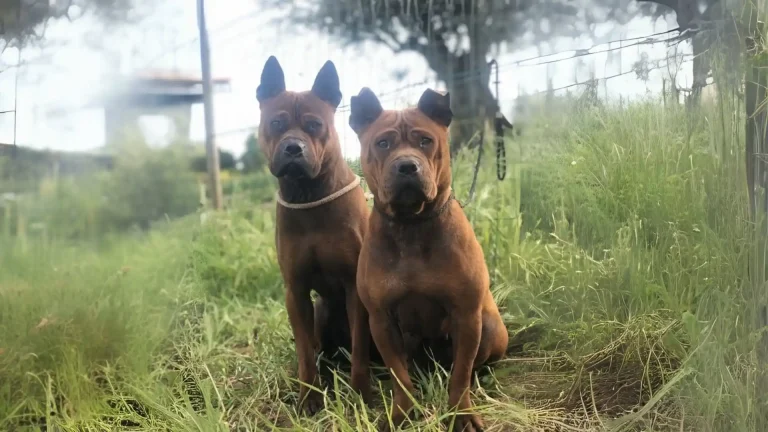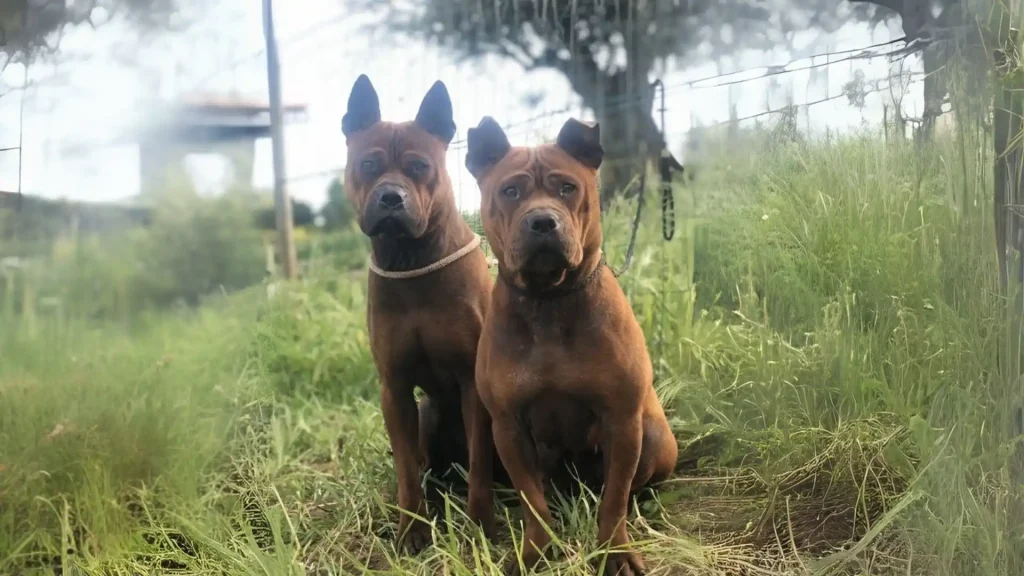Deciding whether to adopt or purchase a Chuandong Hound puppy involves weighing the benefits of each approach, especially given this breed's unique needs and temperament. Buying from a breeder might offer more predictable insight into the puppy's lineage and specific traits, while adoption may require careful research to understand the dog's background and needs. Both options can lead to a rewarding relationship with this loyal and energetic breed if approached with care and knowledge.
Adoption vs. Breeder: Pros & Cons
| Criteria | Buying from Breeder | Adopting from Shelter/Rescue |
|---|---|---|
| Cost | Typically higher due to breed rarity and pedigree documentation. | Lower fees, more affordable, though may include unexpected care costs. |
| Health History | Usually detailed records and genetic background available to ensure breed traits and health. | Health history may be incomplete; requires careful evaluation and more vet visits. |
| Age Availability | Generally puppies available, aiding early socialization suited to breed. | Various ages available; puppies are rare and temperament harder to predict. |
| Temperament Insight | Breeders often provide info on parents' temperament and breed traits. | Temperament observed by shelter staff but less predictable due to unknown past. |
| Supporting Practices | Supports breeding programs preserving breed purity and traits. | Supports animal welfare and gives a dog a second chance at a loving home. |
| Ethical Considerations | Choose ethical breeders to avoid contributing to irresponsible breeding. | Promotes rescue efforts and reduces shelter dogs but may face breed-specific challenges. |

